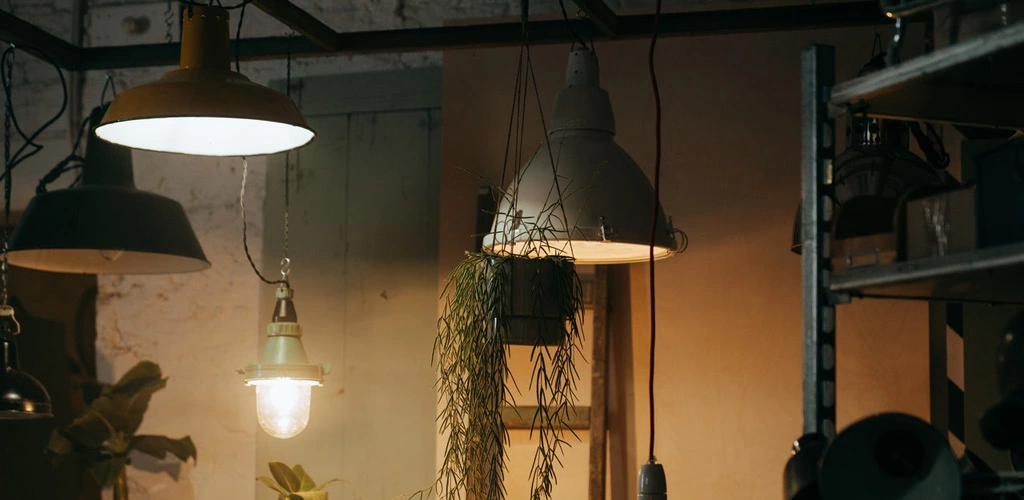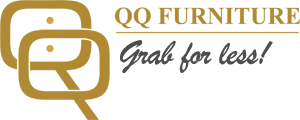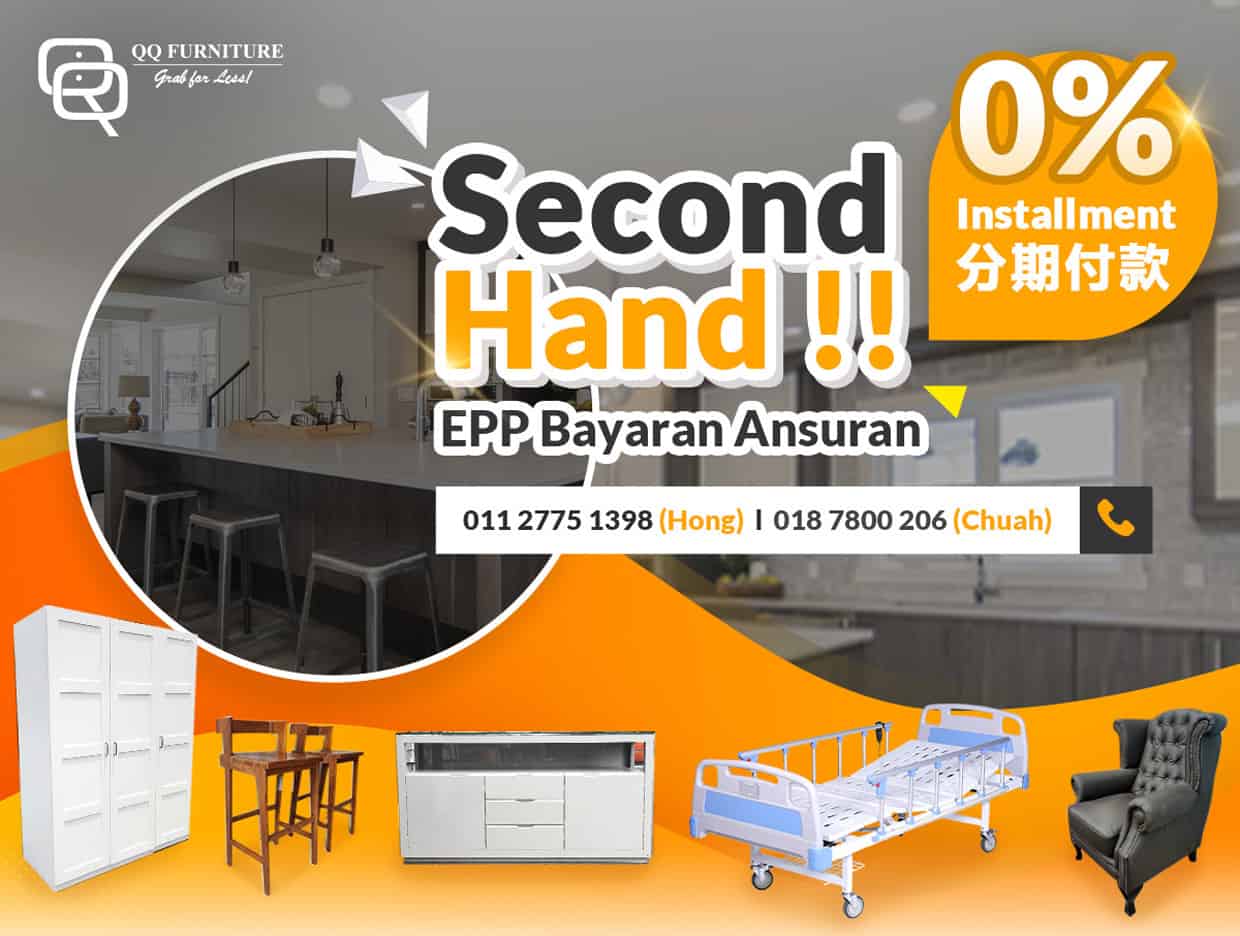Do you know the difference between furniture and fixtures? If you are like most people, you probably think that these two are just the same. But, the truth is that furniture and fixtures are two different things.
Table of Contents
What is the difference between furniture and fixtures?
Furniture refers to any movable object that is meant to support different human activities like seating such as stools, chairs, and sofas; sleeping such as Kivik Sofa Bed; and eating such as tables. Furniture can also be used for holding objects at a much convenient height for work like horizontal surfaces above ground like desks and tables; or for storing things like shelves and cupboards.

Furniture can also be a product of design that makes it considered as one form of decorative art. Aside from the functional role of furniture, it can also serve as a religious or symbolic purpose. This can be made from various materials such as wood, plastic, or metal. Furniture can even be made with the use of a plethora of woodworking joints that are often a reflection of local culture.
On the other hand, personal property is considered as a fixture if it is fastened or affixed in one way or another to real estate. In general, house fixtures become part of a property if they are attached to the house and the ownership of such fixtures transfers once the property has been sold off. If something will be removed using a screwdriver or any other tool, it is likely considered as fixture.
Fixture doesn’t necessarily need to be those pieces found inside the property. All landscaping or any kind of plant that has its roots firm in the ground is usually considered as fixture.
Furniture is not in any way connected to the property. Furniture can include items like TVs, beds, tables, chairs, and couches. Most of the time, furniture is considered as personal property no matter they are used furniture or new furniture. On the other hand, fixtures are those things that can be attached or affixed to the property either semi-permanently or permanently. For instance, fixtures may include the outdoor sheds, heating system, wall-attached lamps, built-in drawers, shelves, outlets, showerheads, toilets, faucets and other similar items stuck to a property such as the air conditioning unit.
Verification of furniture and fixtures
There is a process that is followed for verification of furniture and fixtures. In the field of business, these are items of movable equipment used for furnishing an office. Good examples of these are chairs, shelves, desks, filing, book cases, and any other similar items.
For the verification, the first step is verification of invoices. If the assets were acquired during the current period for accounting, the auditor needs to check the purchase invoice of dealers. The next step that the auditor should take is verifying the furniture stock register and requesting the management to prepare the inventory that will reconciled with the stock register.
The auditor will then need to compare the furniture schedule of the past year with the furniture schedule of the current year to ensure the existence, sales or purchase of asset for that year.
Finally, the auditor needs to examine that any loss or profit on sale of furniture for the year is correctly disclosed in the account books.
Furniture and fixtures list
Here is a list of examples of furniture pieces:
Meanwhile, fixtures can include the following:
- boilers
- built-in wardrobes
- cupboards
- doorbells
- electric sockets
- fireplaces
- kitchen units
- radiators
- plumbing
- satellite dishes
- security alarms
Furniture and fixtures depreciation
Depreciation refers to the decline in an asset’s value over time. Accountants need to identify the appreciation of assets like furniture and fixture in order to quantify the value of these items as an expense throughout the specific period of years making up what is considered as their useful life.
Depreciation of furniture and fixtures in accounting terminology can also be defined as the reduction or fall in the value of the said pieces. These can include those movable assets that are used for making any room, factory, office, or others suitable for the preferred working conditions because of wear and tear use as well as the bypassing of time. Simply put, deprecation could be described as a part of the cost price of the furniture and fixtures that is charged as a form of expense in a single accounting period.
For the reason that fixed assets are known to have long lifespan, accountants would never want to write off an asset’s full expense in a year since furniture and fixtures are used for generating revenue for over a year. Depreciation refers to the way of extending the value of the fixed asset after some time so that the expense of a fixed asset will match the revenue that it helps to make during the given period of accounting.
Furniture and fixtures must meet the requirements below for them to be considered as depreciable:
- The specific business must own the furniture and fixtures.
- The business should use the furniture and fixtures for activities that produce income.
- They should have a definite useful lifespan.
- The expected lifespan of the furniture and fixtures should be over a year.
You see, as far as determining the depreciation of furniture and fixtures are concerned, there are a lot of things that must be considered. During the accounting for an item’s expense, this can be depreciated discreetly and equally over its useful life. For instance, office items like files, desks, and safes are projected to have a 7-year life.
Even though there are several approaches for calculating depreciation, the most common way of doing it is through the straight-line depreciation. With the straight line method, depreciation is deducted in equal yearly amounts throughout the fixed asset’s lifespan. Many organizations use this method and this works through starting with how much it costs to acquire the item or its adjusted basis.
Starting from there, the cost of the item is reduced by salvage value or the value of the asset after its useful life. The resulting number will then be divided by the number of months of the useful life of the asset. After the asset exhausted that given period of time, it will stay on the books as the salvage value until it gets removed from the service or even sold.
It is important to note, however, that aside from the tangible property like furniture and fixtures, there are also tangible properties that can be depreciated when given the correct circumstances.

